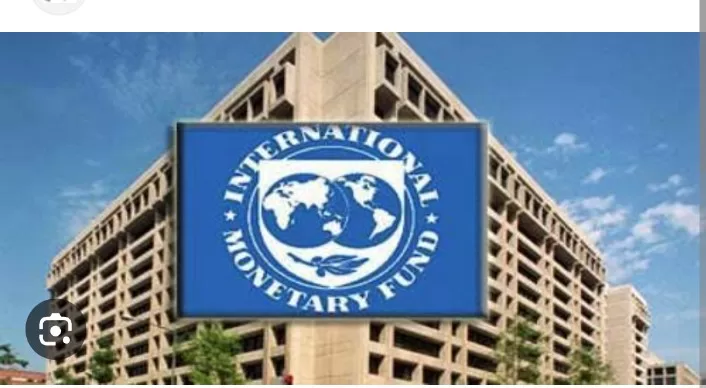In a notable departure from its earlier projections, the International Monetary Fund (IMF) has charted a distinct trajectory for India’s debt-to-GDP ratio. According to the latest insights presented in the IMF’s Fiscal Monitor report, India’s debt-to-GDP ratio is anticipated to crest at 82.3% in the financial year 2025, eventually exhibiting a gradual descent to reach 80.5% in the fiscal year 2029.
This revision by the IMF is a significant departure from its previous estimates, which, as of April, indicated that India’s debt-to-GDP ratio was set to follow an ascending course over four fiscal years commencing from 2024, ultimately peaking at 83.8% by fiscal year 2027. The IMF has not proffered an explicit rationale for this adjustment in projections.
The surge in India’s public debt-to-GDP ratio from 75% in the fiscal year 2020 to 88.5% in the fiscal year 2021, coinciding with the onset of the COVID-19 pandemic, underscored the economic disruptions that unfolded. Revenue contractions and heightened government expenditures led to this escalation. However, the ratio has seen a gradual decline to 81% in the fiscal year 2023, mirroring the stabilization of revenues and expenditures. The IMF’s current outlook anticipates a rekindling of this trajectory for the forthcoming fiscal years 2024 and 2025.
The IMF’s outlook further extends to encompass India’s combined fiscal deficit, which comprises the central and state deficits. A high point was observed in the fiscal year 2021, with a fiscal deficit of 12.9%. However, the IMF anticipates that this deficit will continue its moderation to touch 7.2% in the fiscal year 2029.
The latest Fiscal Monitor report offers a comprehensive overview of mitigation policies globally, accentuating the complex trilemma that policymakers face when endeavoring to balance the imperatives of climate objectives, debt sustainability, and the exigencies of political feasibility.
Recognizing the considerable fiscal implications of the transition towards a greener economy, especially if reliant on expenditure-based mechanisms, the report provides insights into an illustrative scenario for a significant emerging market economy. This scenario envisions carbon pricing capped at $45 per ton during the years 2030-2050, combined with substantial augmentations in green investments and subsidies to attain net-zero objectives by 2060.
The IMF underscores the fiscal challenges engendered by this policy mix, particularly for emerging markets and developing economies grappling with escalating debt and mounting interest expenses, alongside substantial adaptation and developmental needs. The report advocates for nations with limited fiscal flexibility to bolster their tax capacity, optimize revenue mobilization, and enhance spending efficiency. Moreover, these policies should stimulate increased private sector participation in the financing and execution of climate initiatives.
Furthermore, the report highlights the importance of robust fiscal transfers for safeguarding vulnerable households, workers, and communities during the green transition. Notably, the IMF acknowledges the significance of international cooperation in advancing pragmatic global carbon pricing, bolstering external financial support, and facilitating the diffusion of well-established low-carbon technologies. This cooperation is deemed essential for aiding the climate endeavors of developing economies.
As the world seeks effective mechanisms to combat climate change and facilitate the transition towards environmentally sustainable practices, the IMF underscores the multifaceted challenges and opportunities facing nations on the path to a greener future. The imperative of global coordination and innovative policy frameworks emerges as a compelling theme in this era of climate consciousness.
[Please note that the information presented is as of October 11, 2023, and is subject to subsequent developments.]







